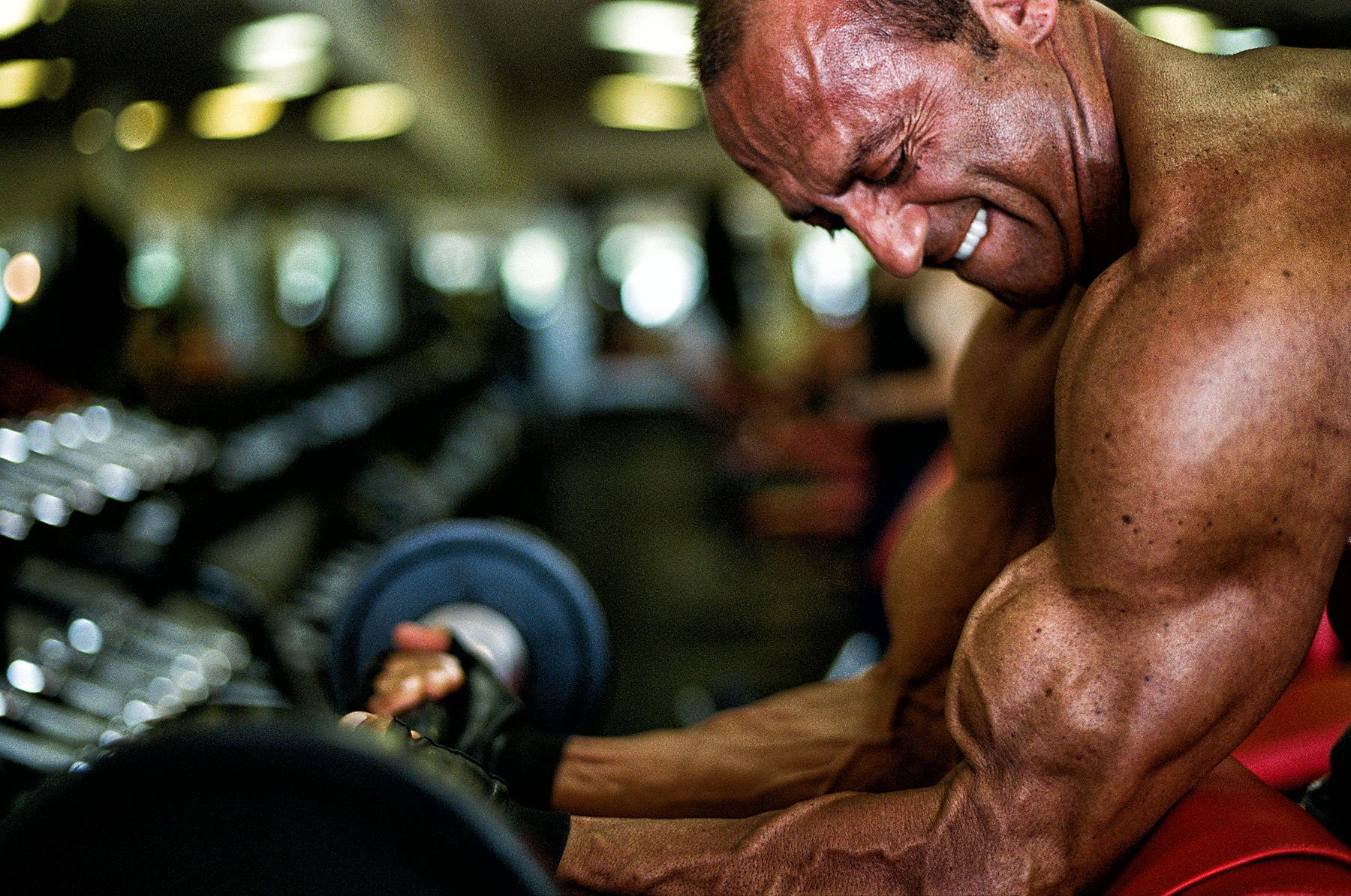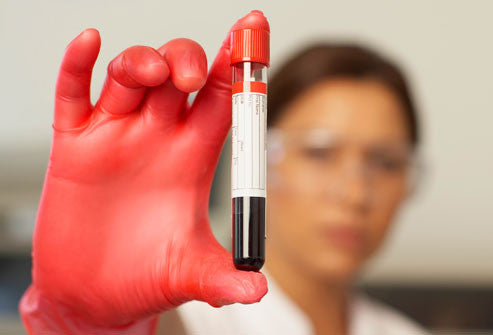The Process Behind Muscle Growth - mTOR

By Jared Boynton | 06/12/2017
While you’re out there cramming chicken breasts into your gullet and slinging weights like the lovechild of Arnold Schwarzenegger and a gorilla, there are some very complex and multifaceted cellular processes going on.
One of the most influential of these processes is known as the mTOR pathway (mammalian target of rapamycin), and is the true cornerstone process when it comes to building and rejuvenating muscles and muscle tissues. On the other hand, if mTOR is dysregulated or disrupted, one can suffer the effects of accelerated aging and premature mortality.
As mTOR is activated, the pathway facilitates the increase of protein synthesis within muscle cells. This, in turn, leads to skeletal muscle hypertrophy (the process by which you make gains). mTOR deciphers and integrates cellular information regarding the status of intracellular nutrients, energy, and oxidative stress levels – and when it deems that energy levels are high enough, and the cells are stressed enough, it flips the switch in order to help the cells heal, rebuild, and grow in a healthy manner.
So how do we crank this puppy up? The mTOR pathway is activated by a number of factors, including:
-
- A large influx of carbohydrates, combined with adequate cellular insulin sensitivity, will kick mTOR into gear.
- Growth Factors (IGF-1, IGF-2) secreted from the pituitary.
- Growth factors are a series of naturally occurring substances that stimulate cellular growth, healing, proliferation, and cellular differentiation; usually a protein sequence or hormone.
- Oxidative Stress
- Oxidative stress is a result of the release of free radicals and superoxides in response to environmental and physical stress. For our purposes, this stress is exercise and resistance training.
- Mechanical Overloading
- This is fairly self-explanatory – pushing your muscle fibers to the point of failure will result in an increase in both growth factors and signal mTOR in and of itself.
- Amino Acids
- Branch Chain Amino Acids and Essential Amino Acids play a large part in signaling for mTOR activity. Leucine, in particular, has been shown to have a significant impact on mTOR activation. This effect is compounded when paired with its cotransporter, Glutamine.
As part of the insulin pathway, normal function depends on healthy cellular insulin sensitivity as well. Elevated blood concentrations of insulin cause a rapid increase in mTOR, but as one begins to lose insulin sensitivity this effect will fall flat. Methods such as intermittent fasting and cyclical ketogenic diets can be utilized in order to bring insulin sensitivity back to normal levels – vigorous exercise also improves insulin signaling within muscle cells, restoring this balance, in addition to stimulating the release of HGH (human growth hormone) from your body’s pituitary gland.
When it comes to increasing oxidative stress and achieving mechanical overload, exercise intensity is an absolutely critical element. Exercise intensity should be as high as bearable to overload muscular mechanoreceptors, boost hormone production, restore insulin sensitivity, and create an anabolic drive. Ideally, these high-intensity exercise sessions should be relatively short in duration (30-60 minutes) in order to prevent oxidative stressors from inflicting too much damage – there’s a fine line between that which triggers mTOR and is beneficial, and that which is too damaging to recover from swiftly and effectively. Sessions that draw on longer than 60 minutes can manifest in oxidative stress levels high enough for cortisol to be produced, which can impede and mTOR activation.
It is very important to have both amino acids (all of them, not just BCAAs) from protein sources and glucose from carbohydrates circulating throughout your bloodstream during and after exercise. Without them, mTOR is never fully activated. As stated earlier in the article, mTOR activation requires two key ingredients:
- High available energy levels (carbohydrates and amino acids).
- High stress levels (from your workout).
Supplementing with EAAs and BCAAs and Glutamine may help to further increase mTOR activation through the biomechanical utilization of Leucine – but then again, if you’ve already “maxed out” your amino acid concentrations via the ingestion of whole food protein, they may have no effect at all. Use your judgement here. During a caloric deficit, when food intake is limited, BCAAs and EAAs may help you reach the mTOR cap when you can’t afford to spend the calories on whole food.
In addition to all of the above, there are a number of all-natural supplements that may help to modulate mTOR expression:
- Epigallotechin Gallate (ECGC)
- Caffeine (moderate usage)
- Theobromine
- Curcumin
- Resveratrol
If you choose to get these natural compounds from whole foods: ECGC and Caffeine are present in green tea. ECGC, Reservatrol, and Theobromine are present in raw cacao. Curcumin is found in high concentrations in turmeric. Reservatrol can also be found in the seeds and skin of grapes.
---------------------------------------------------------
Jared Boynton holds a degree in Biochemistry from the University of Tennessee. He is a strength, performance, and conditioning coach with a wide range of knowledge on nutrition, supplementation, biomechanics. His experience has been proven through years of real-world implementation with both his own physique and the physiques of numerous clients. You can contact Jared via email at Coach@JaredBoynton.com.
Leave a comment
Comments will be approved before showing up.



